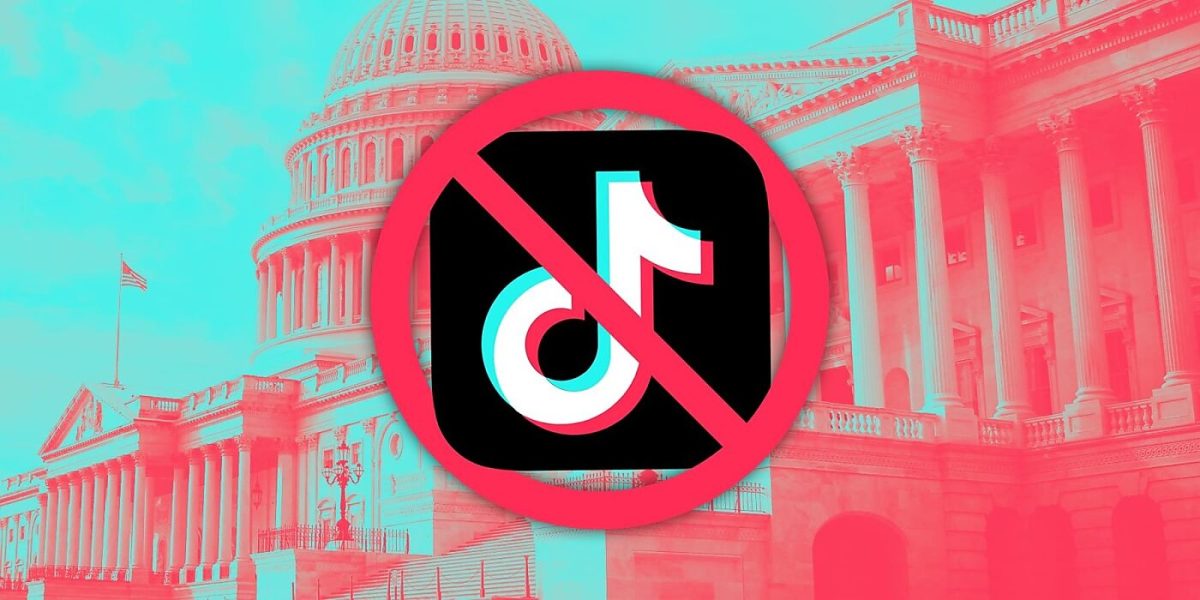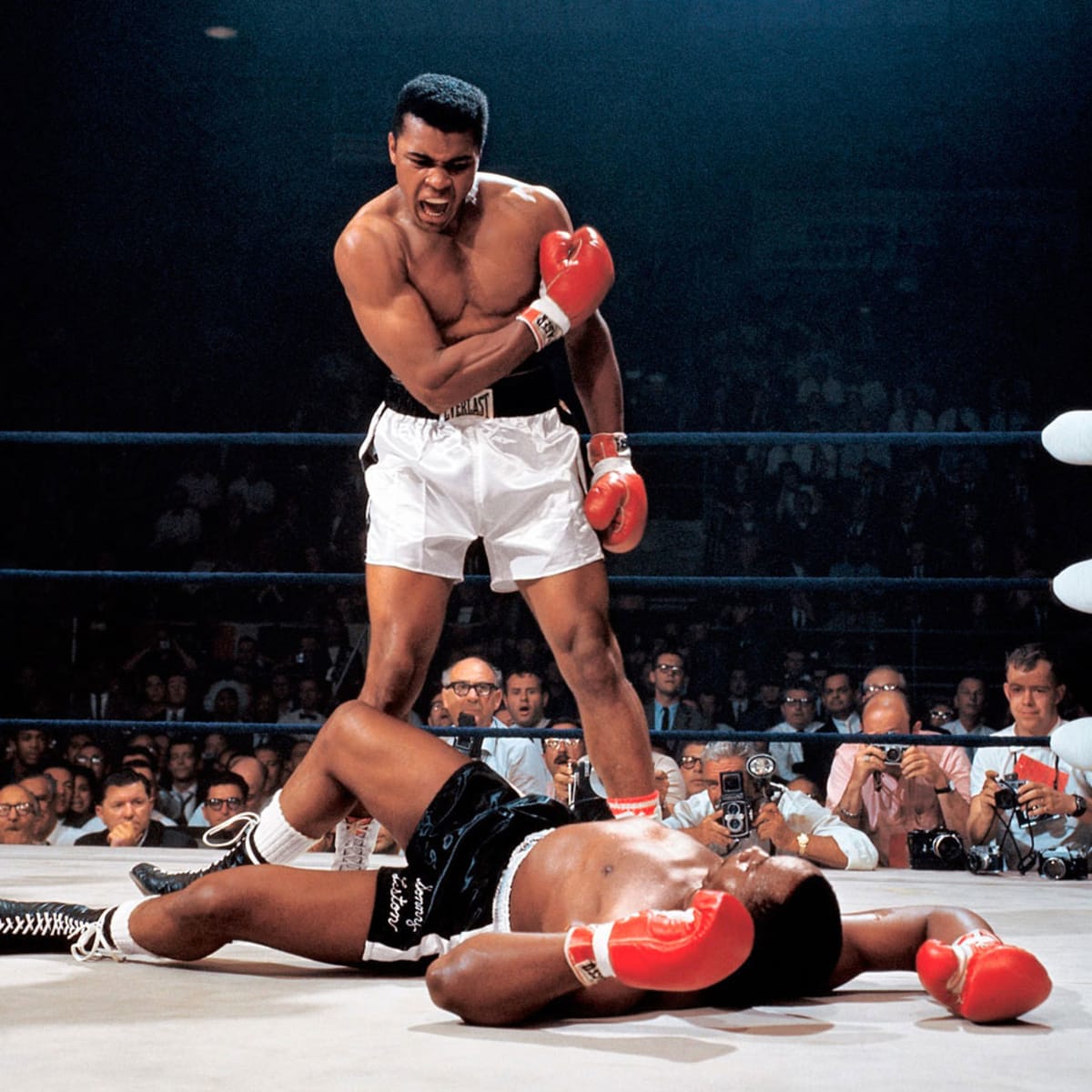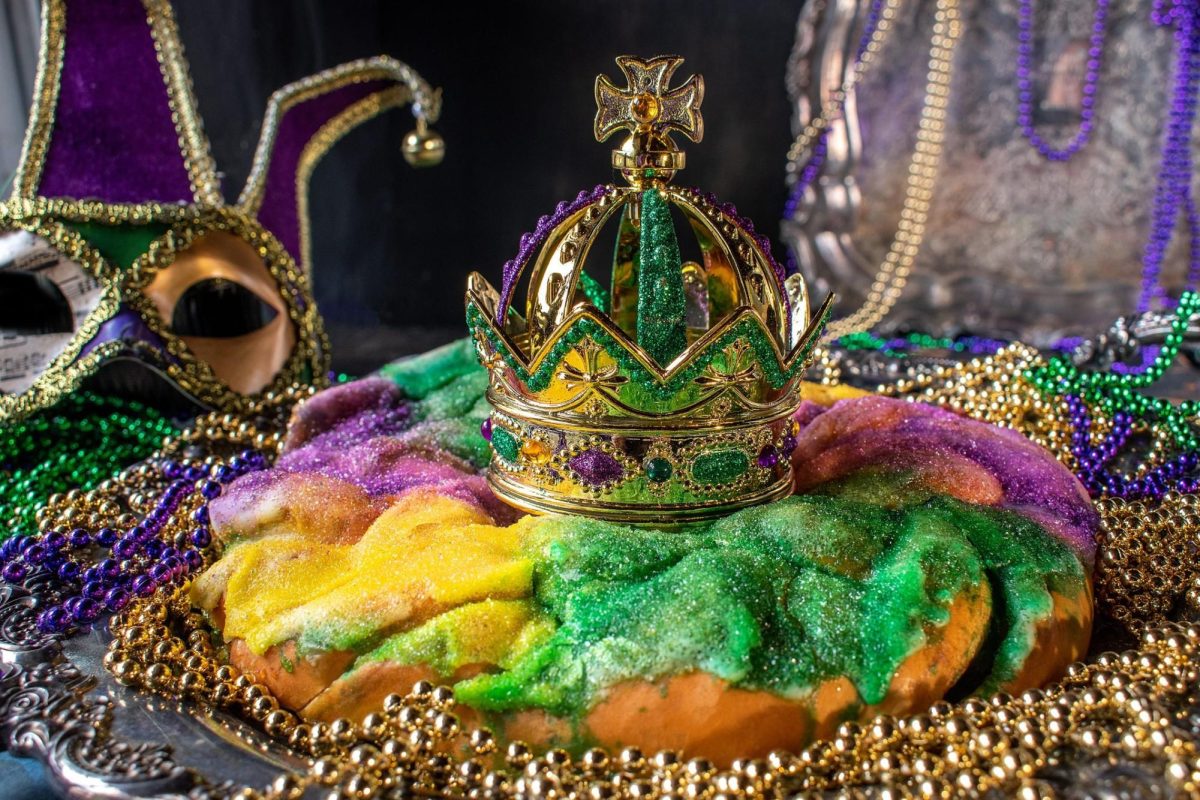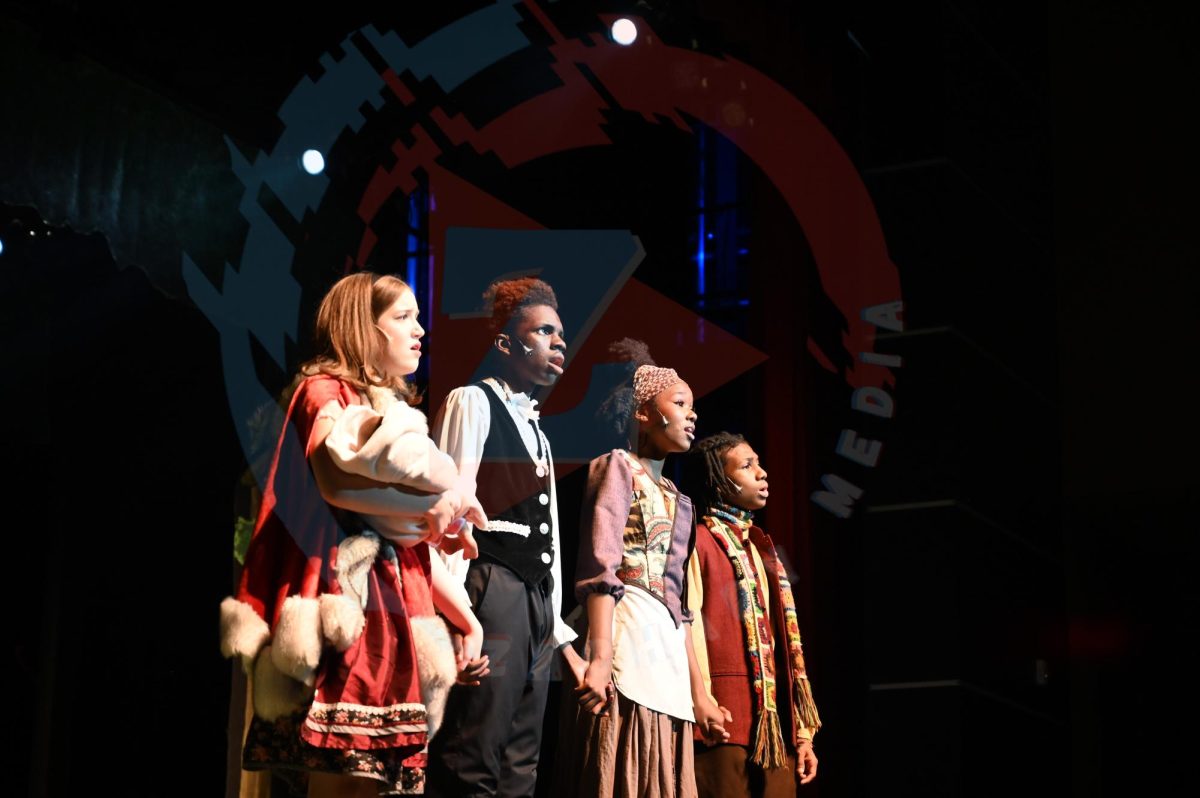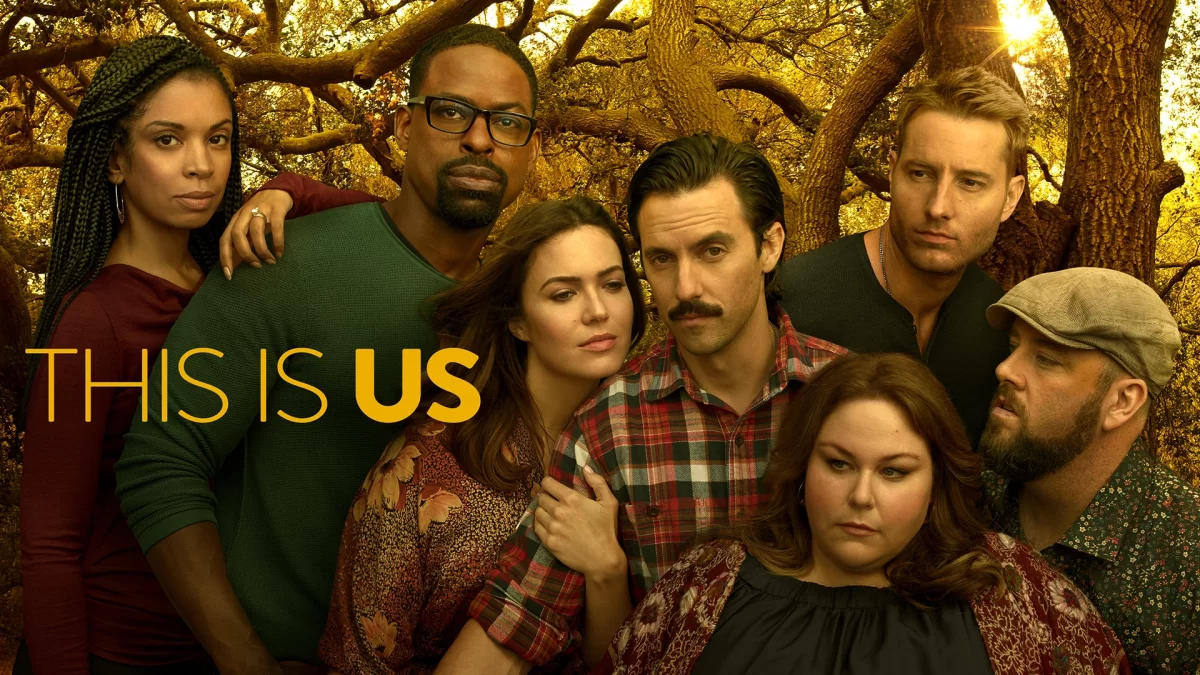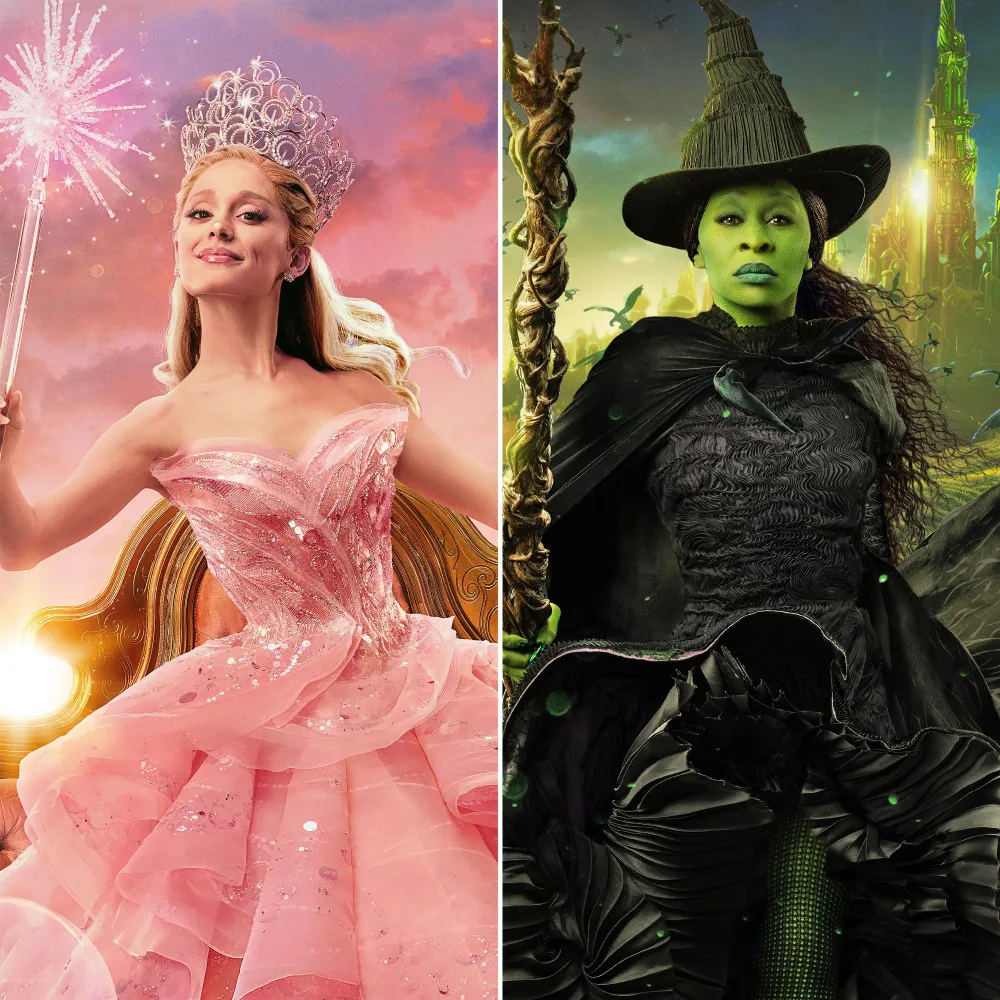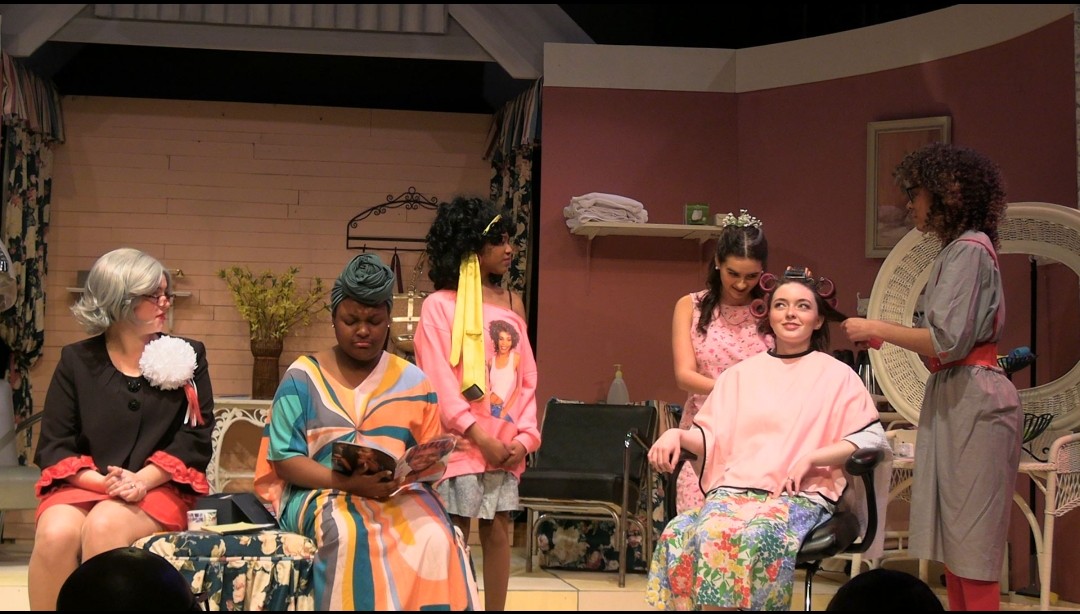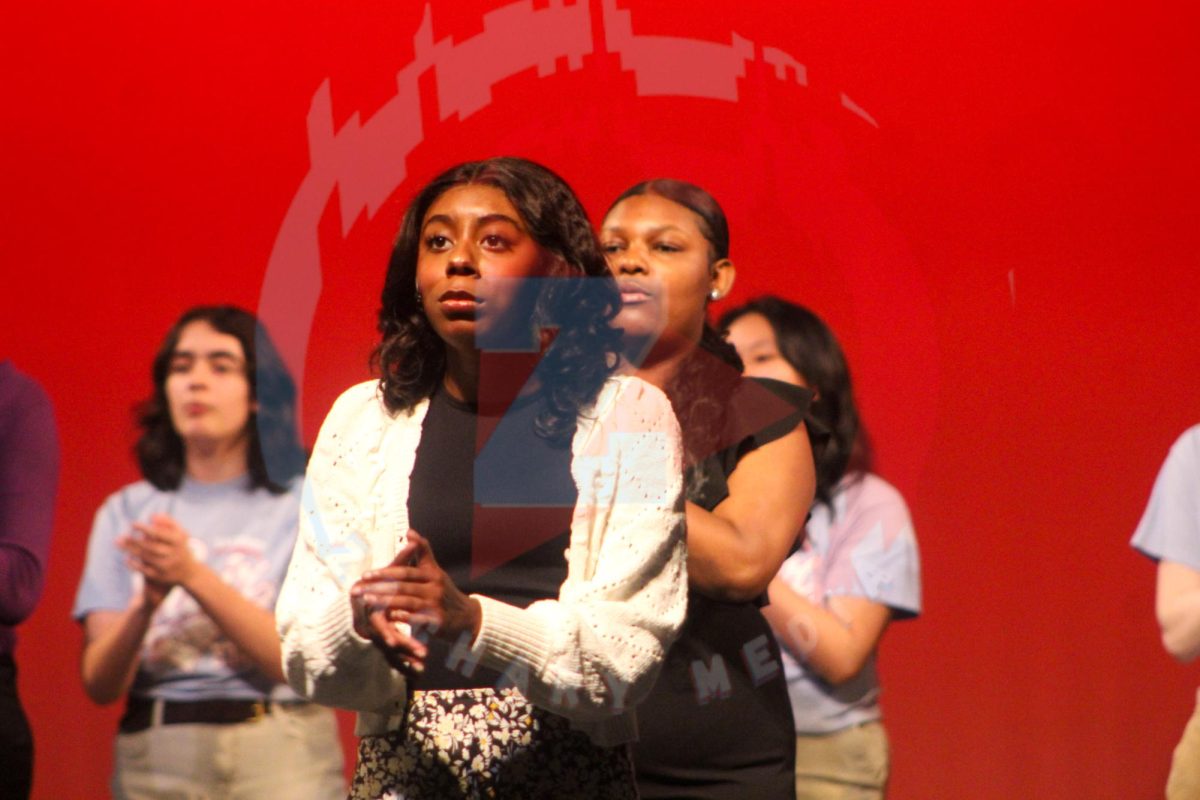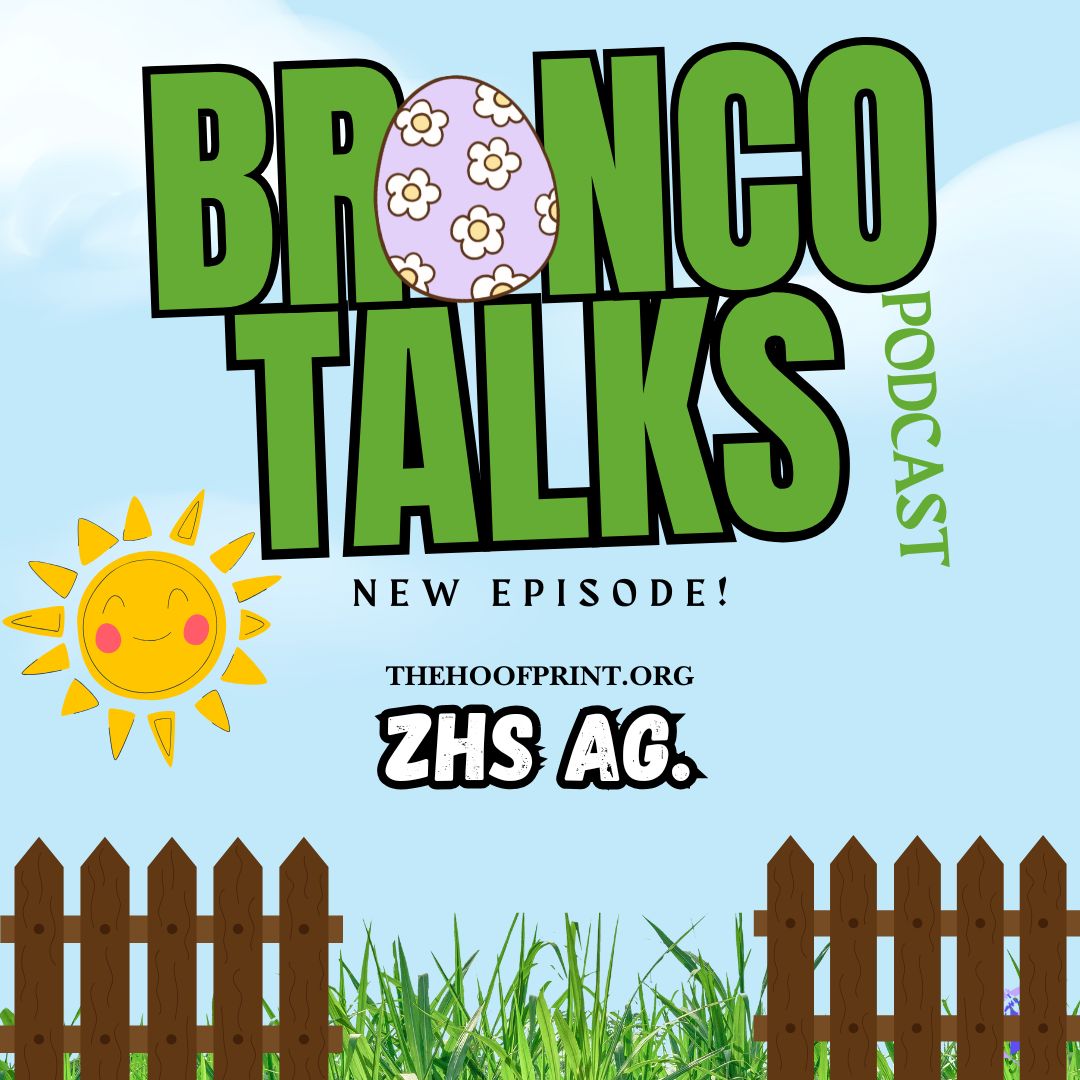The Holiday of Green
March 17, 2023
Saint Patrick’s Day has been a holiday that Americans have celebrated since 1601, but have you ever stopped to wonder why we celebrate an Irish holiday?
On March 17th people all over the world, no matter race or origin, come together to celebrate the Irish holiday, Saint Patrick’s Day. Saint Patrick’s Day originated in Ireland with religious processions and feasts, in honor of one of their patron saints, St. Patrick. This holiday has been observed by the Irish for over a thousand years.
Saint Patrick is the patron saint of Ireland. He lived during the fifth century and was born in Roman Britain. Saint Patrick was kidnapped and brought to Ireland as a slave at the age of 16. He later escaped his oppression, but soon returned to Ireland and was then credited for bringing Christianity to its people. In the centuries following St. Patrick’s death, which was believed to be on March 17, the mythology surrounding his life became more ingrained in Irish culture. There are many legends to St. Patrick, the most well-known being that he explained the Holy Trinity using the three leaves of a native Irish clover, the shamrock, which has become one of the holiday’s biggest symbols.
Green is a staple for Saint Patrick’s Day, which ties back to leprechauns. Leprechauns have been used as a symbol of Saint Patrick’s Day because of St. Patrick’s and the Leprechauns origin from Ireland. It’s said that you must wear green on the day of the holiday, or you will be pinched. This tradition is tied to Folklore that says wearing green makes you invisible to leprechauns, which like to pinch anyone they see. The color green is also associated with the green harp flag and their present-day national flag. Thanks to Irish immigrants’, places all over get to experience a little piece of Irelands culture!
St. Patrick’s Day: Origins, meaning & background – history. (n.d.). Retrieved March 13, 2023, from https://www.history.com/topics/st-patricks-day/history-of-st-patricks-day






















